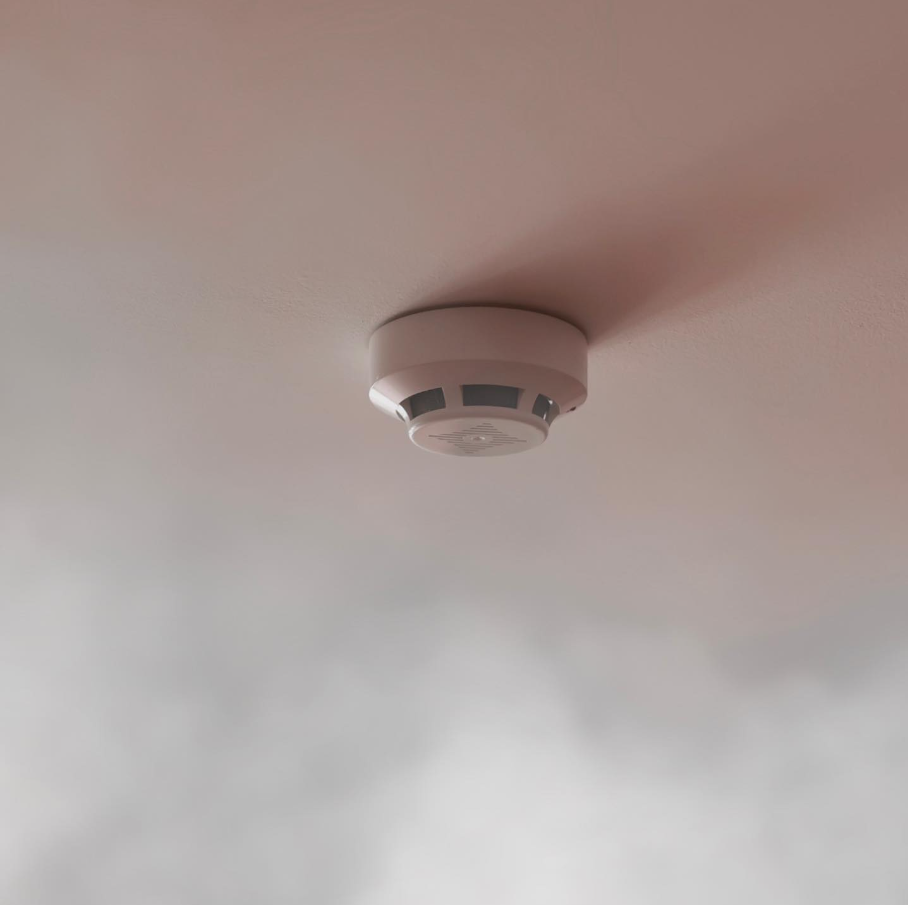Have you ever had your carbon monoxide detectors go off in the middle of the night? What a nightmare! It is a good sign it works; it has detected carbon monoxide in your home, or you need to update the batteries or device. If we are honest, once we install our carbon monoxide detectors they become out of sight, out of mind. We just no longer think about it until it goes off in the middle of the night! We hope this blog will encourage you to check and see if your detector is still functional. If you have pets, then it is necessary since our pets spend more time at home than we do.
These devices are great, but they are not perfect. Did you know that your pet can detect signs of carbon monoxide before you do? Unfortunately, they cannot make a piercing noise when they do. But your pet’s behavior can be an indicator of carbon monoxide poisoning. They often experience symptoms of poisoning before humans do.
What is carbon monoxide?
It is colorless and odorless. It is an incomplete combustion of carbon fuels from your gasoline engines, propane, and kerosene heaters, fumes from carbon-based heating systems, and automobile exhaust.
Here are three things you should know about carbon monoxide safety for pets:
- Signs of carbon monoxide toxicosis: We understand that some symptoms listed may be due to other causations. Allergies or food sensitives may cause similar symptoms. If you find that you cannot find an allergen or food sensitivity as the culprit, it might be right under your nose, carbon monoxide.
Unusual or sudden anxiety and aggression are overt symptoms. Is your cat or dog normally calm? If they exhibit irritable behavior, this could be an early indication of carbon monoxide.
Another odd behavior is a refusal to come indoors. This may not apply to pets who spend more time outside but do not overlook this early behavioral sign.
Other early signs are fatigue, drowsiness, deafness, seizures, vomiting, difficulty breathing. Visible indicators are bright cherry red gums, lips, and ears.
- What do you do if carbon monoxide is present in your home? If you suspect or know that there is carbon monoxide in your home and your pet has been exposed. First, contact your pet care provider, vacate the premises, and get fresh air. You may need to take your pet to the veterinarian if their symptoms are serious.
Treatment for carbon monoxide poisoning is oxygen therapy which will remove carbon monoxide from the blood to bring oxygen levels back to normal. Ventilation might be necessary.
- How to prevent carbon monoxide poisoning: Carbon monoxide detectors should be checked monthly. If your device requires batteries, they should be changed every 6 months. We are sure you have not thought about your detector for quite some time.
Be sure to purchase a certified carbon monoxide detector.
Install a detector on each floor of your home, particularly in bedrooms or sleeping areas.
Stay up to date on maintenance appointments for your gas appliances. This includes any device or appliance fueled by fossil fuels. Paying for a licensed and qualified inspector is worthwhile.
Another safety tip is to store propane cylinders outdoors or in a ventilated area.
Lastly, do not leave your pet in a closed garage with your vehicle running.



